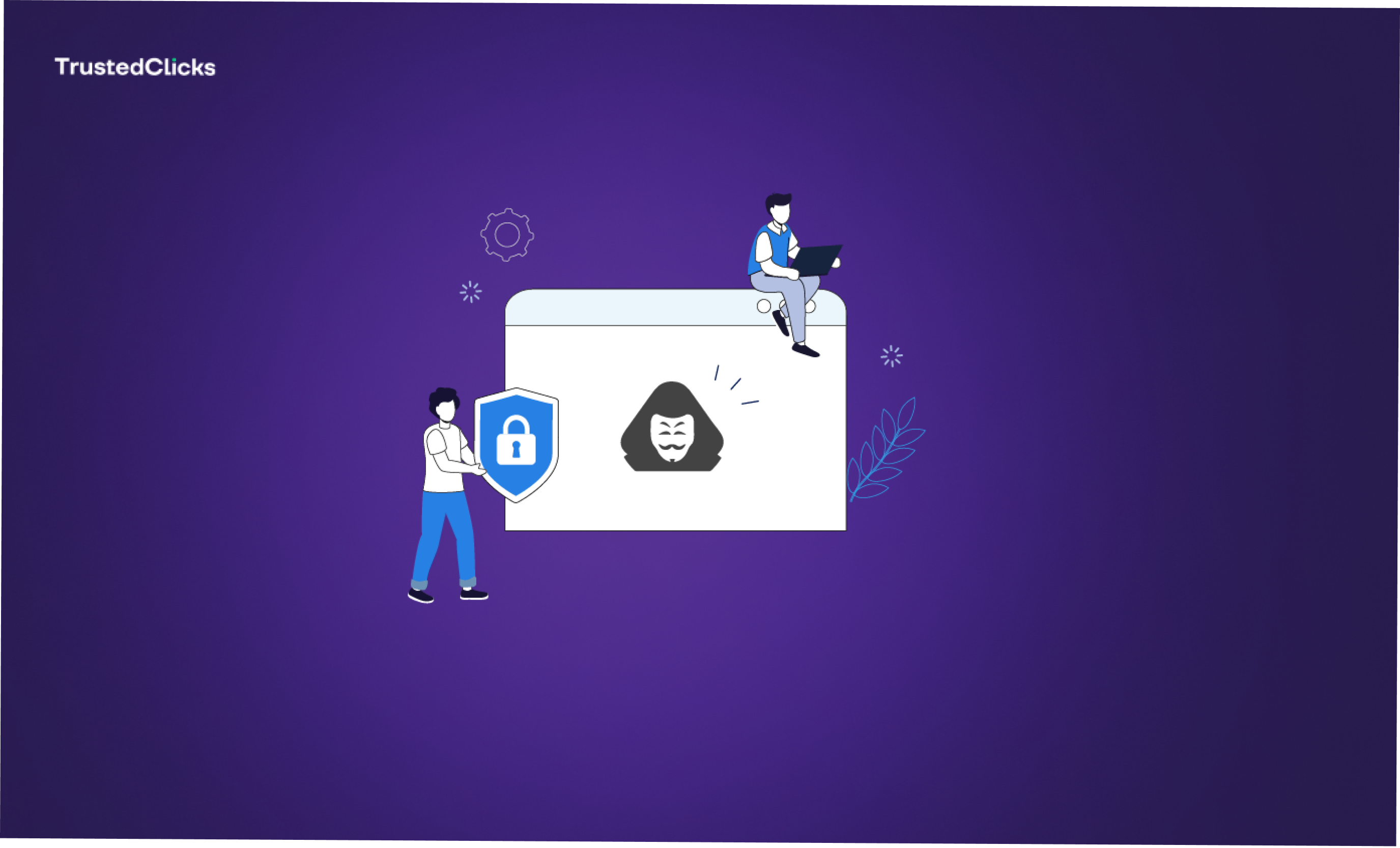- E-Commerce Security, Affiliate marketing
How to Build an Affective IP Fraud Prevention Strategy: A Step-By-Step Guide


IP fraud, such as spoofing, address manipulation, and unauthorized access, poses significant risks to businesses and individuals. A comprehensive strategy to prevent IP-based fraud is critical to protecting sensitive data and maintaining operational security. Here’s a step-by-step guide to building an effective IP fraud prevention strategy:
Understand IP Fraud Types and Risks
Several trusted ticket scalping sites and platforms have built reputations for facilitating the safe purchase and resale of tickets. Here are some of the best places to buy scalped tickets:
Start by identifying the key threats related to IP fraud:
- IP Spoofing: Forging IP addresses to disguise malicious activity.
- IP Hijacking: Taking control of unused or vulnerable IP ranges.
- Distributed Denial of Service (DDoS): Overloading networks with fake traffic.
- Unauthorized IP Access: Accessing systems or networks without authorization.
Perform a Network Audit
Assess your network to identify vulnerabilities:
- Inventory your assets: Document all devices and their associated IPs.
- Analyze traffic patterns: Identify anomalies that may indicate fraudulent activity.
- Assess firewall configurations: Ensure robust security settings are in place.
Implement Secure IP Management
Adopt best practices to manage your IP addresses securely:
- Use dynamic IPs: Regularly update IP assignments to prevent hijacking.
- Enable DHCP snooping: Protect against rogue DHCP servers.
- Segment your network: Use VLANs and subnetting to isolate sensitive resources.
Deploy Robust Authentication and Encryption
Protect IP communication channels with strong security measures:
- Multi-factor authentication (MFA): Secure access to critical systems.
- IPSec encryption: Encrypt traffic at the network layer for secure communication.
- VPNs: Use virtual private networks to protect remote connections.
Use Advanced Monitoring Tools
Continuously monitor network activity to detect fraud in real time:
- Intrusion Detection Systems (IDS): Detect and respond to suspicious activity.
- IP reputation services: Block traffic from known malicious IPs.
- Anomaly detection: Use machine learning to identify unusual traffic patterns.
Harden Network Perimeters
Reinforce your network boundaries to minimize vulnerabilities:
- Firewall rules: Configure firewalls to block unauthorized IP traffic.
- Geo-blocking: Restrict access from high-risk regions if applicable.
- Rate limiting: Control the flow of incoming requests to prevent DDoS attacks.
Establish Incident Response Protocols
Prepare to act quickly in the event of an IP-related security breach:
- Incident detection: Define thresholds for alerting on suspicious activity.
- Containment measures: Isolate affected systems to prevent spread.
- Recovery plans: Develop a step-by-step process for restoring operations.
Educate Employees and Stakeholders
Raise awareness about IP fraud risks and prevention measures:
- Training programs: Educate employees on phishing and spoofing risks.
- Best practices: Teach safe browsing, secure remote access, and password hygiene.
- Reporting procedures: Create a clear process for reporting suspicious activities.
Collaborate with Security Experts
Leverage the expertise of cybersecurity professionals:
- Third-party audits: Conduct regular security assessments.
- Managed services: Use managed security service providers (MSSPs) for advanced monitoring.
- Threat intelligence: Subscribe to real-time updates on emerging IP fraud tactics.
Regularly Update and Test Your Strategy
Stay ahead of evolving threats by maintaining a dynamic approach:
- Patch management: Keep systems and software up to date.
- Penetration testing: Simulate attacks to identify vulnerabilities.
- Policy reviews: Update security policies as new risks emerge.
Frequently Asked Questions About Best Ticket Scalping Sites
What is a bot ?
A bot is a software application designed to operate autonomously and carry out specific tasks automatically. Many bots are created to replicate human behavior or to handle repetitive tasks, enabling them to execute these actions more quickly and accurately than human users. This automation allows for increased efficiency and productivity in various applications, from customer support to data processing. While bots can significantly enhance workflow, their use also raises concerns about misuse and the need for effective monitoring.
What is bot detection ?
Bot detection technology is aimed at differentiating between bots and real users, as well as identifying legitimate login attempts versus unauthorized requests
made by bots. Detection methods utilize engines and threat intelligence to identify bot activity and respond accordingly.
How do you detect bot clicks ?
Detecting bot clicks involves various techniques to differentiate automated traffic from human users. One effective method is behavior analysis, which monitors click patterns and speeds, as bots typically click much faster than humans. Additionally, IP address monitoring can reveal unusual activity, such as multiple clicks from the same address in a short period. Implementing JavaScript challenges and CAPTCHA systems can further help distinguish between bots and real users, as many bots struggle to complete these tasks. By employing a combination of these strategies, businesses can effectively mitigate the impact of click fraud on their online platforms. TrustedClicks IP scoring tool evaluates IP addresses and generates a detailed score, enabling you to enhance security and prevent fraud effectively.
How do I know if I have bot traffic ?
One of the easiest and most effective methods to detect bot traffic is by implementing CAPTCHA on sign-up or download forms. This approach is especially beneficial in preventing download bots and spam submissions. By requiring users to complete a CAPTCHA, you can ensure that only genuine users can access your content or services. This not only helps filter out automated traffic but also enhances the overall security of your platform. Ultimately, using CAPTCHA is a straightforward way to safeguard against bot-related issues.
Conclusion
An effective IP fraud prevention strategy requires a proactive and layered approach. By implementing robust controls, leveraging advanced technology, and fostering a culture of security awareness, you can safeguard your network against IP-based threats and ensure the integrity of your digital assets.
Table of Contents
Join our community!
Subscribe to our newsletter for the latest updates, exclusive content, and more. Don’t miss out—sign up today!
Recent Posts

The IP Check Chronicles to Uncover Risks Lurking in Your Network
- 9 mins read

The Role of IP Geolocation in E-commerce and International Marketing
- 7 mins read

The impact of IP Fraud on Reputation: Why Prevention is Key to Protecting Your Brand
- 4 mins read



